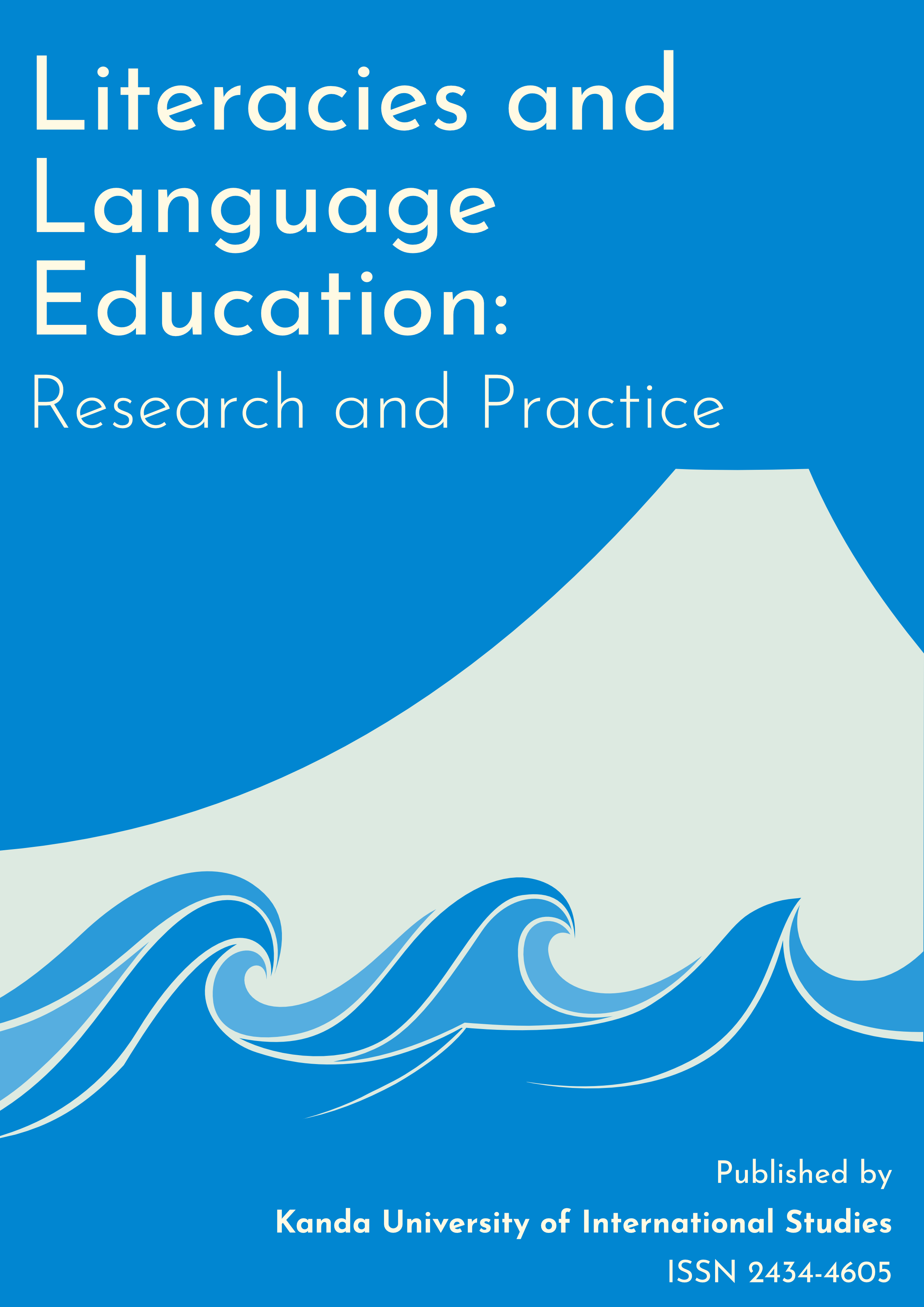Autumn, 2024
Foreword
As we progress more fully into the post-pandemic era, ELI teachers have maintained their focus on a broad range of interests and classroom practices. The papers showcased here cover a range of educational topics focused on improving student engagement, inclusivity, feedback mechanisms, and technology integration in the classroom.
Cardiff explores students’ willingness to engage with Sustainable Development Goals (SDGs) initiatives, highlighting obstacles such as a lack of awareness and time constraints. Dawes examines the effectiveness of self-assessment and student-led consultations in L2 writing classrooms, proposing that these practices can empower students to seek targeted feedback and improve their writing. Gill’s study, building on a previous paper, critiques traditional Reading Circle structures and proposes reading response logs, with an “Ask the Teacher” feature, to foster student autonomy that generated positive responses from students, although engagement was limited.
Jerrems focuses on students’ perceptions of transitioning to a paperless classroom using a Learning Management System (LMS), stressing the importance of supporting students’ digital literacy to fully benefit from this shift. Nguyen discusses the potential of AI-generated voices as a cost-effective alternative for standardized language testing, finding no significant difference between AI and human recordings. Woldeab investigates perceptions of disability among staff at a university in Japan, finding a general awareness with some more nuanced understandings, highlighting the impact of social and cultural norms on inclusivity practices.
These studies demonstrate the rich diversity of teaching pedagogies and ongoing research within the ELI, reflecting innovative methods that foster student engagement, inclusivity, and technological integration. Such diversity and breadth of range make the ELI a valuable asset to the university and to language education within Japan. Hopefully, the excellent papers in this issue serve as a driving force for ELI instructors, regardless of their research experience, to contribute to the journal.
Finally, we would like to once again extend our heartfelt thanks to the committed team of peer reviewers, copyeditors, and designers, whose collaborative work makes the process of compiling a journal so rewarding. We are grateful for their efforts in ensuring the successful publication of another issue of Literacies and Language Education: Research and Practice.
James Owens & Jennie Roloff Rothman (Editors)

